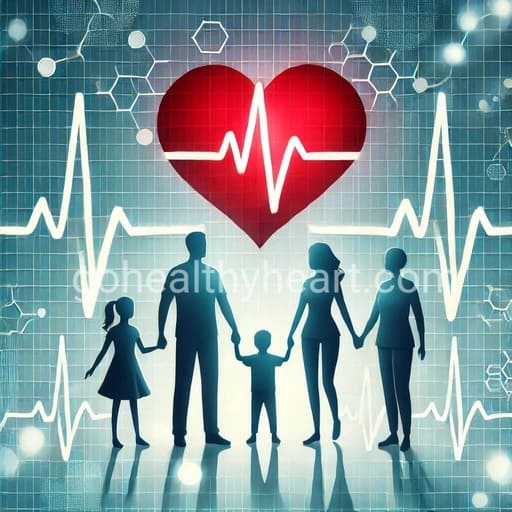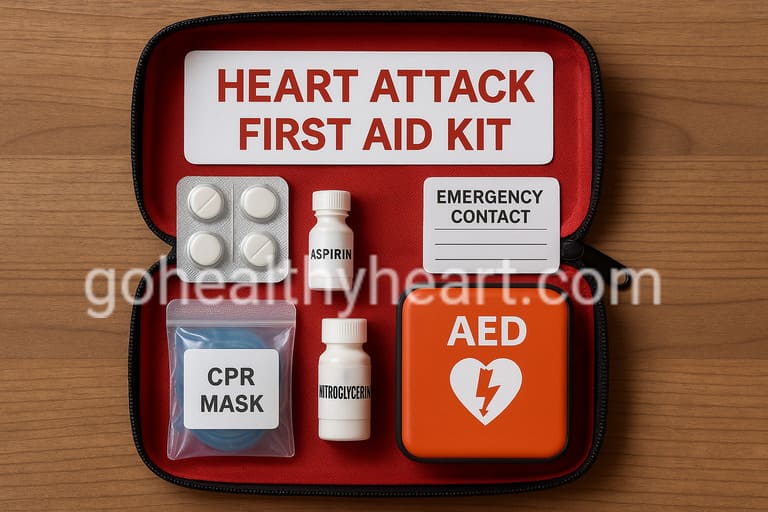First Aid for Chest Pain: 5 Steps That Could Save a Life

Every year, countless lives are saved through prompt and appropriate first aid for chest pain. As an Interventional Cardiologist at Vijayawada, I’ve witnessed firsthand how the first few minutes of a cardiac emergency can make a crucial difference. This comprehensive guide will walk you through the essential steps of managing chest pain effectively.
Understanding Chest Pain: When Every Minute Counts
Chest pain isn’t always a heart attack, but when it is, time is muscle. About 805,000 Americans have a heart attack each year, and about 1 in 5 heart attacks are silent. The key to survival often lies in recognizing symptoms early and taking immediate action.
When someone experiences chest pain, it often manifests as pressure, squeezing, or tightness in the chest. The sensation might spread to the neck, jaw, shoulders, arms (particularly the left arm), or back. Some people describe it as feeling like an elephant sitting on their chest. Understanding these symptoms is crucial for providing appropriate first aid for chest pain.
Immediate Steps: The Critical First Response
When someone experiences chest pain, the first few minutes are crucial. Here’s what you need to do:
First, help the person into a comfortable position. The recommended position is usually sitting up with knees bent and supported by a wall or chair. This position helps ease the workload on their heart and makes breathing easier.
Next, loosen any tight clothing around their neck, chest, and waist. Ensure they have fresh air by opening windows or turning on air conditioning if inside. Remember to stay calm – your composure will help keep the patient calmer.
If the person has been prescribed nitroglycerin for heart conditions, assist them in taking it as prescribed. However, never give them someone else’s medication.
When to Call Emergency Services
Don’t wait to see if symptoms improve – call emergency services immediately if:
- The chest pain lasts longer than a few minutes
- The pain is severe or getting worse
- The person has difficulty breathing
- There’s associated nausea, sweating, or light-headedness
- The person has a history of heart problems
While waiting for emergency services, stay with the person and monitor their condition. Keep them as still as possible to reduce the heart’s workload. If they become unconscious and stop breathing, be prepared to start CPR if you’re trained.
Supporting Someone with Chest Pain
Creating a calm environment is essential. Anxiety can worsen chest pain and increase the heart’s oxygen demand. Speak in a reassuring voice and help the person stay as relaxed as possible under the circumstances.
Document important information that emergency responders will need:
- When the pain started
- What the person was doing when it began
- Any medications they’ve taken
- Their relevant medical history
This information can be crucial for healthcare providers in determining the best course of treatment.
Understanding Heart Attack Warning Signs
The American Red Cross emphasizes recognizing these additional warning signs:
Chest discomfort is the most common symptom, but other signs may include:
- Shortness of breath
- Cold sweats
- Nausea
- Light-headedness
- Discomfort in other areas of the upper body
Women may experience different symptoms than men, often reporting more subtle signs like:
- Unusual fatigue
- Sleep disturbances
- Anxiety
- Indigestion
- Upper back pain
Preventive Measures and Risk Reduction
While knowing first aid for chest pain is crucial, prevention is always better than cure. Here are key preventive strategies:
Regular Health Screenings:
Schedule regular check-ups with your healthcare provider. Monitor your blood pressure, cholesterol levels, and blood sugar regularly. These simple tests can help identify risk factors before they become serious problems.
Lifestyle Modifications:
Make heart-healthy choices in your daily life:
- Maintain a balanced diet rich in fruits, vegetables, and whole grains
- Exercise regularly (at least 150 minutes of moderate activity per week)
- Manage stress through relaxation techniques
- Quit smoking and limit alcohol consumption
- Maintain a healthy weight
Know Your Numbers:
Understanding your personal health metrics helps you make informed decisions:
- Blood pressure
- Cholesterol levels
- Blood sugar levels
- Body Mass Index (BMI)
When to Seek Medical Help Beyond First Aid
While first aid for chest pain is crucial, certain situations require immediate medical attention. Don’t hesitate to seek emergency care if:
- Pain persists despite rest and medication
- Symptoms worsen over time
- New symptoms develop
- There’s a family history of heart disease
- You have multiple risk factors for heart disease
Conclusion: Being Prepared Saves Lives
Understanding and properly executing first aid for chest pain can mean the difference between life and death. As a cardiologist, I cannot stress enough the importance of being prepared and acting quickly. Remember these key points:
- Recognize the symptoms early
- Call emergency services immediately
- Keep the person calm and comfortable
- Document symptoms and timing
- Know the risk factors and prevention strategies
Consider taking a certified first aid course to be better prepared for emergencies. Knowledge and quick action are your best tools in a cardiac emergency.
Remember, this guide serves as a general reference for first aid for chest pain. Always consult with healthcare professionals for personalized medical advice and regular check-ups. Your heart health is too important to leave to chance.
Stay heart-healthy, stay prepared, and don’t hesitate to seek help when needed. Your life or someone else’s might depend on it.




3 thoughts on “First Aid for Chest Pain: 5 Steps That Could Save a Life”
Comments are closed.